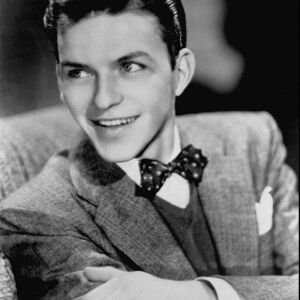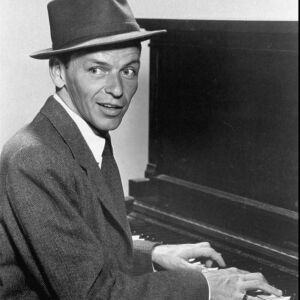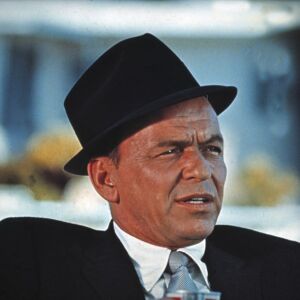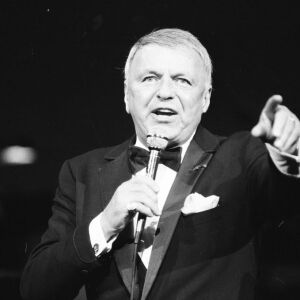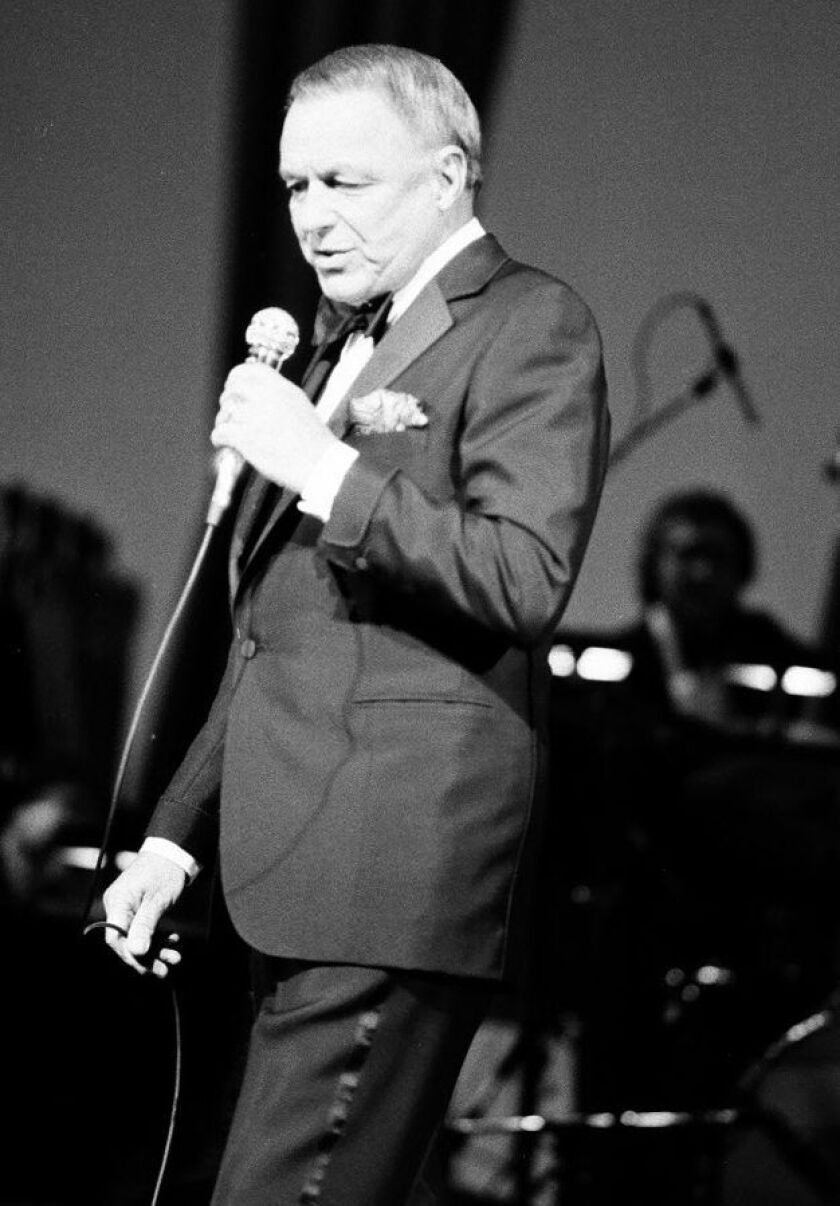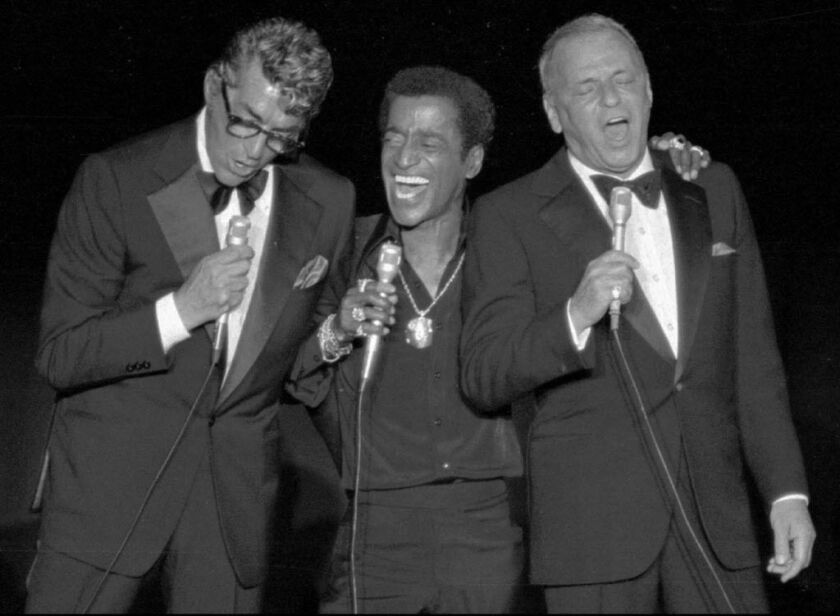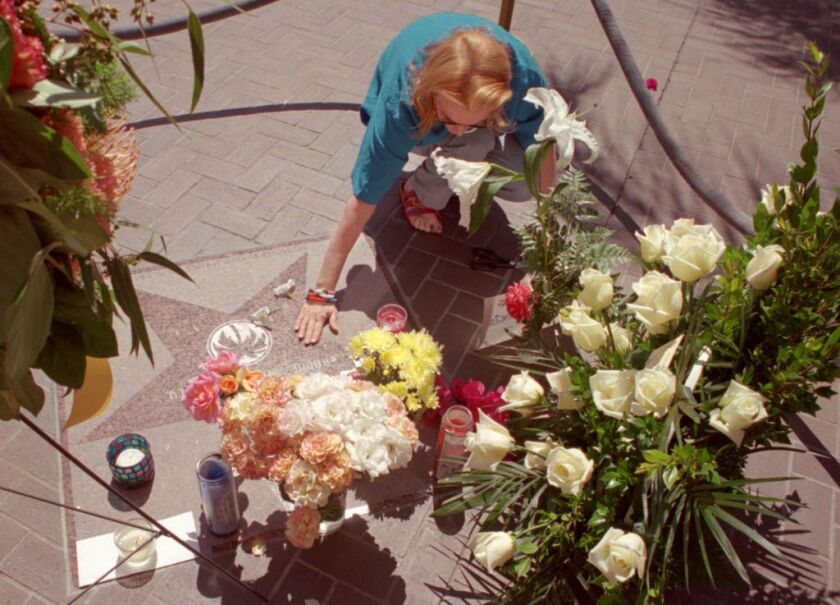“Sinatra’s appeal spanned three generations, from bobbysoxers to baby boomers to Gen-Xers, from Tommy Dorsey to U2’s Bono.”
The sentence is from the Sun-Times’ page one story on the passing of Frank Sinatra at the age of 82 on May 14, 1998. Two decades since The Voice was silenced, his appeal continues to span new generations.
That Sinatra changed the trajectory of American pop music is an understatement; that he defined “cool” (for a good long while) is a fact. That he loved Chicago is immortalized in song.
While the anniversary of his passing will probably not be recognized with much fanfare, two recent additions to the Sinatra canon may be an ideal way to rediscover the man and his music all these years later.
Written by Eliot Weisman (Sinatra’s late-in-life manager) and TV journalist Jennifer Valoppi, “The Way It Was: My Life with Frank Sinatra,” (Hachette Books), takes the reader on a journey through the last 20 years of the singer’s life, when touring was almost incessant and a “Duets” album introduced the blue-eyed crooner to a whole new fan base.
The other, is “Frank Sinatra – Standing Room Only,” (Capitol/UMe) a three-CD set featuring previously unreleased concerts (in their entirety): The Sands in Las Vegas (1966), The Spectrum in Philadelphia (1974) and Reunion Arena in Dallas, Texas (1987).
“He was the truest, most loyal guy you ever could meet,” Weisman said in a recent interview. “What he said is what he meant.”
Weisman’s book is his first-person account of only those conversations and situations that he was privy to.
“There are probably 100 books written about Frank, most of which are researched books where people are interviewed and they recount this happened and that happened. There’s nothing in my book that I didn’t hear or I didn’t see. So I don’t talk about the Dorsey days or the Rat Pack [era] because I wasn’t part of that.”
What Weisman does reveal is a glimpse into the behind-the-scenes world of Sinatra on the road. For example, Sinatra made Midway Airport and the Ambassador East hotel his Midwest hub because of the airport’s proximity to the hotel and venues like the United Center and Chicago Theater. “We’d get off the private jet and in 20 minutes he was at the hotel. He hated long car rides. We’d hop on the jet and play all our Midwest shows and fly back home to Chicago,” Weisman said.
Backstage, Sinatra did not drink before a performance, opting for tea, lemon and some vocalizing, “all of which took about 20 minutes,” with another 10 minutes or so getting into his signature tuxedo. “He was the most prompt guy in the world,” Weisman said. “If the tickets said [show time] was 8 p.m., the opening act, if there was one, was out on that stage at 8 p.m.”
“Standing Room Only,” gives us a sense of the voice and the music as Sinatra evolved over three decades, from the velvety crooner of the 1950s to the hepcat of the 1960s to the septuagenarian of the 1980s.
“I traveled with him from 1984 to the end of his career,” said Charles Pignone, senior vice president of Frank Sinatra Enterprises and the album’s producer. “He opened the United Center [in 1994] in Chicago. Then he went to Japan and that was it.”
The album showcases three distinct concerts in their entirety, encapsulating three distinct eras of Sinatra’s music making. The vocal nuances are at times subtle and others profound, as the singer — and the songs — aged.
“The Philly concert was Frank right after he came out of retirement in 1973,” Pignone said. “The career shifted — he went from being a recording artist [at one point he was releasing 2 or 3 albums every year with a 38- or 60-piece orchestra at Capitol beginning in the 1950s] to being a full-time performer. Between 1973 and the last concert he did in 1995, he traveled the world five or six times over.
“You have to remember that in the 1950s and ’60s you didn’t have a lot of opportunity to see him unless you went to Florida or New York or the Copa [at the Sands in Las Vegas], or maybe a club like the Chez Paree [in Chicago],” he continued.
The Dallas show also marks one of the longest concerts Sinatra ever did. “He usually didn’t do encores but he came out and did ‘New York New York’ and the rest. He was in really good spirits,” Pignone said. “With the three shows you really hear him mature as a performer. It’s reflected in some of the songs she sings and the way he sings them.
“Listen to ‘All My Tomorrows’ … he did it when he was 43 years old at Capitol. Then he did it a decade later on Reprise (Sinatra’s own label) and you hear the wistfulness and melancholy in the tone. Same lyrics, same song. But 10 years later he’s a little more pessimistic. … That’s one of the real talents of Sinatra. We used to joke on the road that he never sang the same song the same way once. It was always different. If you look at his catalog that’s why he revisits songs later in his career, because the songs had different meaning for him.”
The Sinatra concerts in the late 1960s at the Copa Room are legendary. “Sinatra at the Sands” the album, with Count Basie and his orchestra, with arrangements and conducted by Quincy Jones, is a seminal work. “The engagement at the Sands with Quincy and Count Basie was the highlight of his career,” Pignone said. “Quincy knew how to write for Sinatra and that band. Frank’s voice basically becomes another ‘instrument’ in Basie’s band.”
While the book and the album are a look back, there are projects to look forward to down the road, including a feature film, and a stage musical written by “Empire” co-creator Danny Strong (“The Hunger Games,” “Lee Daniels’ The Butler”). It’s projected to open in London’s West End in 2020 with an eye on Broadway in 2021.
“We’re looking at a 10- or 15-year period of his life, from the 1950s through the ’60s, with the songs from that catalog era and probably one or two new songs. … It’s not a matter of what we’re putting into the show it’s what we have to leave out because his catalog really is an embarrassment of riches,” Pignone said.
The as-yet-to-be-cast actor in the lead role will do his own singing and those will be big vocal shoes to fill. “It will be tough but we want to get a new generation to learn about Sinatra [from the show] and then hopefully go back and find his catalog on Spotify or iTunes,” he said.
In his capacity with the company that basically oversees all things Sinatra and as a lifelong fan of the music icon, Pignone has a keen sense of the impact Ol’ Blues Eyes continues to have on pop culture.
“He had something in his voice that touches every generation that discovers him. That ‘X’ factor — nobody knows what it is. But every generation seems to find him. We’re still selling CDs. He gets three million streams a day world-wide. People just gravitate to his music. I don’t think anybody can have a career like that anymore.”
Note: The Chicago Jazz Orchestra and Paul Marinaro will recreate the “Sinatra at the Sands” album live, in its entirety, at 7:30 p.m. May 12 at The Studebaker Theater in the Fine Arts Building, 401 S. Michigan. For tickets, visit evenbrite.com.









